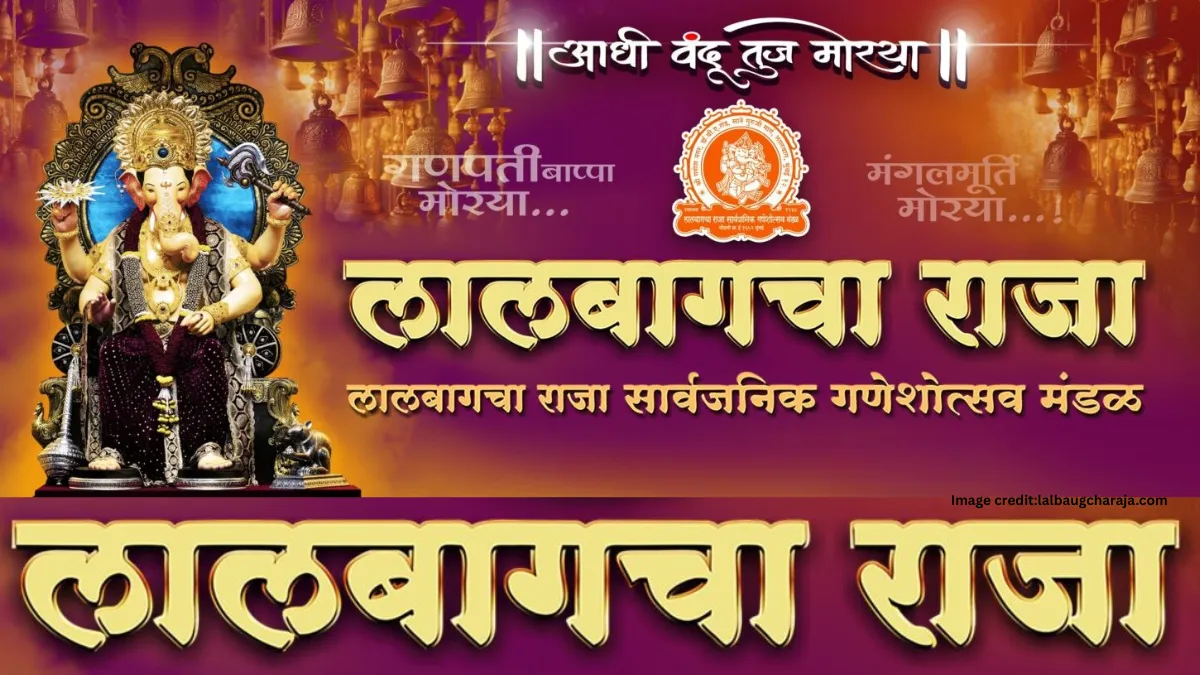The Satrunjay Mahatirth, Palitana is regarded as the most sacred pilgrimage site for the Jain community, often described as the “City of Temples.” Located on the Shatrunjay Hills in Gujarat, this holy site is home to more than 1,300 marble-carved temples, with the main shrine dedicated to Lord Adinath (Rishabdeva), the first Tirthankar of Jainism. Beyond its architectural splendor, this pilgrimage represents centuries of faith, penance, and devotion, making it one of the most revered spiritual destinations in the world.
Presiding Deity and Location
At the heart of the Satrunjay Mahatirth, Palitana stands the serene idol of Sri Adishwar Bhagwan. This white-colored image, seated in the lotus posture and measuring 2.16 meters in height, is housed in a mountain shrine. The sacred hill is situated 6 kilometers away from the town of Palitana (earlier known as Padaliptapur), on the banks of the Shetrunji River.
Pilgrims climb nearly 3,364 steps, covering around 4 kilometers, to reach the hilltop temples. The physical journey symbolizes spiritual elevation and inner purification, a process that draws both devotees and tourists alike.
Spiritual Significance of Palitana
The Satrunjay Mahatirth, Palitana holds an unparalleled position in Jainism. Though there are many Jain tirthas across India, every pilgrimage ultimately points towards Palitana. Countless saints, monks, and devotees have attained salvation here, making it a land of eternal liberation.
The soil of Palitana is considered so sacred that even applying it to one’s forehead is believed to wash away the sins of countless lifetimes. Legends say that even gods desire to experience the sanctity of this land. For Jains, a pilgrimage to Palitana is not optional but essential—without visiting Palitana and Sammed Shikhar, one’s life as a Jain is considered incomplete.
City of Temples
Often called the City of Temples, Palitana is home to an astounding number of shrines. There are over 8,613 temples and nearly 33,000 idols spread across the Shatrunjay Hills. Nowhere else in the world can such a unique blend of devotion and art be found.
Each temple carries its own story, history, and symbolism. The collective atmosphere of serenity, the echo of prayers, and the breathtaking architecture combine to create an experience that is deeply spiritual and visually enchanting.
Famous Toonks of Shatrunjay Hill
The Satrunjay Mahatirth, Palitana consists of nine main Toonks (clusters of temples). Among them:
- Motishah Toonk – Known for its grandeur and unmatched splendor.
- Khartarwasahi (Chaumukhji) Toonk – Features four idols of Lord Adinath facing in all directions.
- Narshi Keshav Toonk – Built in Samvat 1921, dedicated to Tirthankar Shantinath.
- Chhepawasahi Toonk – Constructed in Samvat 1791 by the Chheepa brothers, dedicated to Rishabhdev.
- Saakarwasahi Toonk – Built by Seth Saakarchand Premchand, dedicated to immortal Jineshwars.
- Heemwasahi Toonk – Constructed by Heema Bhai in Samvat 1886, with Lord Ajitnath as the presiding deity.
- Premwasahi Toonk – Built by Modi Shree Premchandra Lavjee, dedicated to Lord Rishabhdev.
- Balawasahi Toonk – Renovated in Samvat 1193, dedicated to Lord Adinath.
- Adbhut Baba Temple – Features an 18-feet high idol of Lord Adinath in Padmasan.
At the center of the hilltop stands the main idol of Lord Rishabhdev, radiating peace and divinity. Pilgrims experience an ocean of devotion on seeing this holy image.
Rituals and Spiritual Practices
A key highlight of Satrunjay Mahatirth, Palitana is the observance of rigorous penances like Varshee-tap. This year-long ritual involves fasting every alternate day. Thousands of Jains perform this penance annually, concluding with auspicious ceremonies at Palitana, especially on Akshay Tritiya.
Pilgrims also undertake the Navanu Yatra, visiting the hill 99 times, following the path of Lord Rishabhdev, who himself visited the site 99 times.
Festivals at Palitana
Several important fairs and festivals are celebrated at Palitana each year:
- Kartik Poornima
- Falgun Shukla Trayodashi (attended by more than 100,000 devotees)
- Chaitra Poornima
- Baishakh Shukla Tritiya
- Baishakh Krishna Six, marking the consecration of Lord Adinath.
These events transform Palitana into a vibrant hub of devotion, attracting pilgrims from across the globe.
Historical Background
Historically known as Padaliptapur, Palitana is also called Shatrunjaya, meaning “the conqueror of enemies.” Jain scriptures mention 100 different names for this site, including Pundarik Giri, Vimalachal, and Siddhachal.
The history of this tirth dates back thousands of years. It is believed that Chakravarti Bharat, son of Lord Rishabhdev, repaired the site. Over centuries, many rulers and wealthy patrons, including Maharaja Sagar, Lord Rama, and the Pandavas, contributed to the restoration of the temples. Sixteen major renovation works are particularly famous in Jain tradition.
Architectural Beauty
The architecture of the Satrunjay Mahatirth, Palitana is a masterpiece. Intricate carvings, tall shikharas (spires), marble artistry, and temple clusters aligned on twin summits of the hill create an unforgettable visual spectacle. The temples are decorated with lions, toranas, dev-kulikas, and symbolic carvings representing knowledge, faith, and conduct.
Structures like the Samavasaran Temple with its 108 idols of Tirthankaras, and the Saraswatidevi Temple installed in 1860, showcase the blend of devotion and artistic brilliance.
Pilgrimage Journey
The journey to Satrunjay Mahatirth, Palitana is as spiritually enriching as it is physically challenging. Pilgrims climb over 3,364 steps, reaching a height of 2,000 feet. Along the way, they encounter sacred spots such as:
- Rampol and Hathipol – gateways adorned with artistic carvings and stone elephants.
- Kumarpal-Kund and Sala-Kund – holy water tanks.
- Paap-Punya Window – symbolizing liberation from sins.
- Jaytaleti Temples – 28 shrines at the foothill, where pilgrims begin their journey.
Every corner of the path exudes devotion, and the panoramic views from the summit inspire awe and reverence.
Quick Facts about Satrunjay Mahatirth, Palitana
| Feature | Details |
|---|---|
| Steps to climb | 3,364 |
| Hill height | 2,000 ft |
| Total idols (Pratima) | 27,007 |
| Total temples (Jinmandir) | 3,507 |
| Pagla (footprints) | 1,500 |
| Main deity | Lord Adinath (Rishabhdev) |
| Major Toonks | Motishah, Khartarwasahi, Chhepawasahi, Saakarwasahi, etc. |
| Famous fairs | Kartik Poornima, Falgun Shukla Trayodashi, Chaitra Poornima, Baishakh Shukla Tritiya |
Also read: Shetrunji Dam: History, Location, Importance, and Travel Guide
Conclusion
The Satrunjay Mahatirth, Palitana is more than a pilgrimage—it is an eternal sanctuary of faith, art, and history. For Jains, it is the holiest of holy sites, and for visitors, it is a breathtaking blend of spirituality and architecture.
From the idol of Lord Adinath to the grandeur of thousands of temples, from the discipline of Varshee-tap to the energy of vibrant festivals, Palitana stands as a symbol of devotion and liberation. The journey up its 3,364 steps is not just a climb but a spiritual ascent that leaves every soul touched, humbled, and inspired.
For the Jain community and seekers of spirituality worldwide, the Satrunjay Mahatirth, Palitana will always remain the crown jewel of faith—a place where divinity and human devotion meet in perfect harmony.














